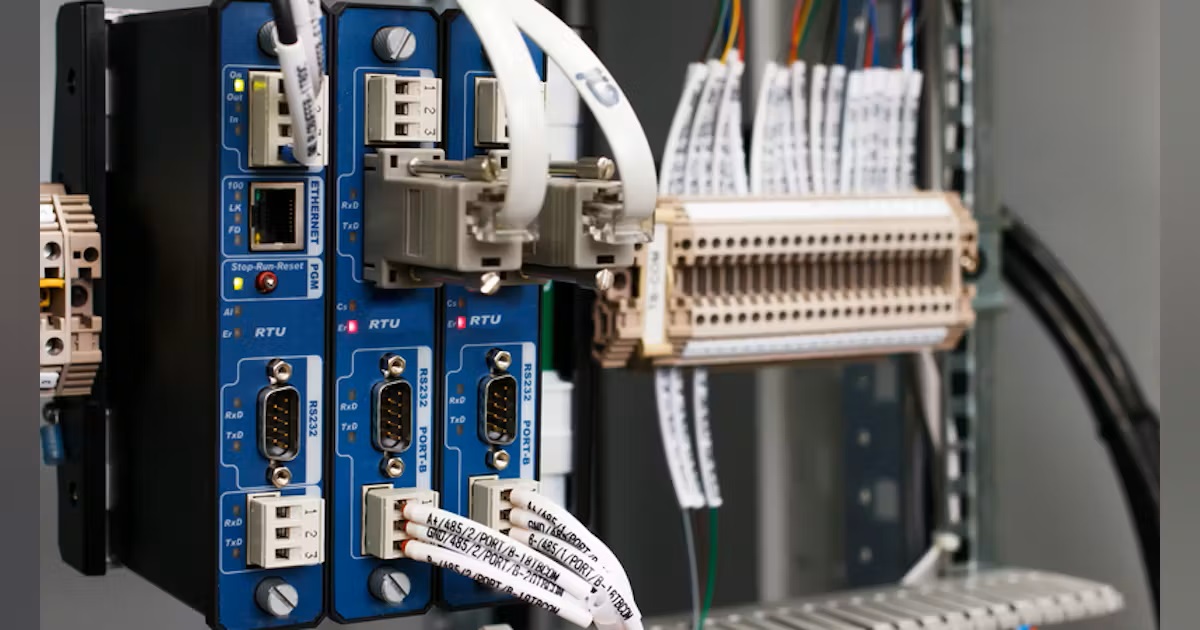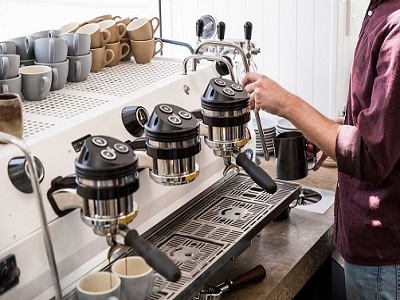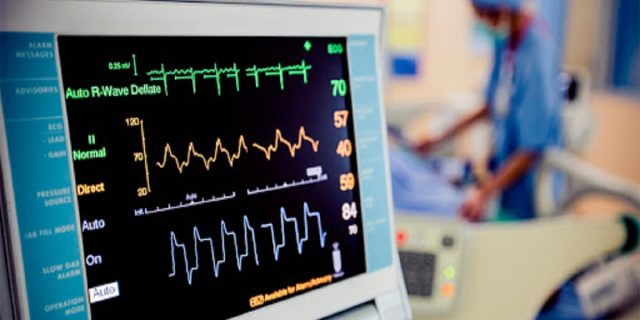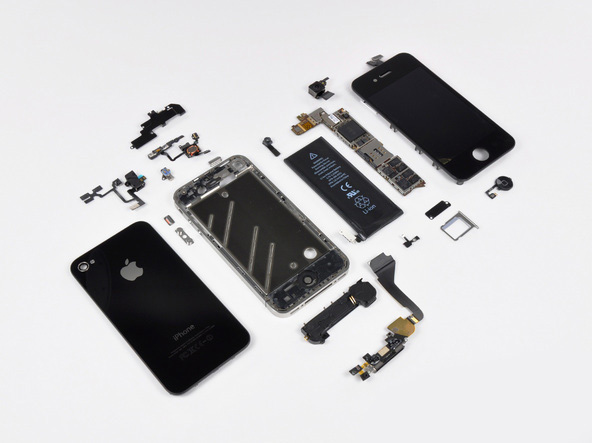Global Patient Temperature Monitoring market size was USD 3.86 billion in 2023 and the market is projected to touch USD 6.2 billion by 2032, at a CAGR of 6.4 % during the forecast period. Patient temperature monitoring has grown more and more essential due to the increased prevalence of infectious disorders like COVID-19, chronic conditions like diabetes, cancer, and heart disease. Since it aids in early infection diagnosis, progression of disease monitoring, and treatment success evaluation, accurate temperature monitoring is essential to the management and treatment of various illnesses. The market is expanding due to the are more patients with these illnesses, that renders consistent and accurate temperature monitoring necessary.
Furthermore, reopening plans are being implemented by states and municipalities across various regions of multiple countries. Due to this, there is a growing need for non-contact temperature monitoring equipment to take people’s temperatures at points of entry into public spaces such malls, restaurants, grocery stores, metro stations, businesses, and schools. In addition, these tools serve as a widely used screening test for infectious disorders. Therefore, a notable increase in their occurrence among children worldwide is driving the market’s expansion. Additionally, wearable technology that can reliably and constantly measure a person’s core body temperature as well as deliver real-time data to smartphones is driving the industry. In addition, people who engage in professional sports and other physical activities are more likely to wear body temperature monitoring devices as exercise increases the body’s core temperature.
They are a lot of growth prospects in the growth of wearable & non-invasive temperature monitoring technology. Wearable technology—such as patches and smartwatches—offers comfortable, continuous temperature monitoring, which makes it perfect for use in both home and clinical settings. For the purpose of lowering the danger of cross-contamination, particularly in hospital settings, non-invasive technology like infrared thermometers & thermal imaging cameras enable rapid and hygienic temperature assessment. Growth in the market is expected as these technologies become more widely used as they become more advanced and reasonably priced. Personalized medicine and preventive healthcare might benefit greatly from the additional diagnostic and predictive capabilities of these devices that can be achieved by integrating machine learning algorithms and artificial intelligence (AI) to analyze temperature data.
Global Patient Temperature Monitoring report scope and segmentation.
| Report Attribute | Details |
| Base Year | 2023 |
| Forecast Years | 2024 – 2032 |
| Estimated Market Value (2023) | USD 3.86 Billion |
| Projected Market Value (2032) | USD 6.2 Billion |
| Segments Covered | By Product, By Site, By End User, By Application & By Region. |
| Forecast Units | Value (USD Million or Billion) |
| Quantitative Units | Revenue in USD million/billion and CAGR from 2024 to 2032. |
| Regions Covered | North America, Europe, Asia PNon-invasive Temperature Monitoringific, Latin America, and Middle East & Africa. |
| Countries Covered | U.S., Canada, Mexico, U.K., Germany, France, Italy, Spain, China, India, Japan, South Korea, Australia, Brazil, Argentina, GCC Countries, and South Africa, among. |
Global Patient Temperature Monitoring dynamics
The increasing being available of integrated monitoring technology, such as smartphones and linked networks, is a key factor supporting growth. Thus, hospital outpatient wireless EEG recorders, hospital outpatient event monitors, portable cardiac telemetry equipment, portable personal digital assistant (PDA) systems, and distant monitoring systems have all been introduced. The market is expected to grow as a result of an increase in the number of temperature monitoring product launches by industry players.
Global Patient Temperature Monitoring drivers
Technological Advancements in Temperature Monitoring Devices
The precision, practicality, and dependability of temperature measurement have greatly increased with the introduction of sophisticated temperature monitoring equipment, such as wearable sensors, non-invasive thermometers to measure and continuous monitoring systems. Due to advancements like real-time data analytics, wireless networking, and compatibility with electronic health records (EHRs), these devices are more practical and simpler for patients and healthcare professionals to utilize. Advancements in technology are driving the market’s growth by augmenting the use of temperature monitoring across diverse healthcare environments, such as clinics, hospitals, and home care.
Growing Geriatric Population and Home Healthcare Trends
The need for accurate and consistent temperature monitoring is driven by the growing number of older people worldwide, who are more vulnerable to infections and long-term medical conditions. For older adults to effectively manage their medical conditions, frequent health monitoring is often necessary. In order to provide continuous patient monitoring and timely medical intervention, temperature monitoring devices that are both dependable and easy to use are crucial components of home healthcare services. The market for patient temperature monitoring stands to benefit greatly from this move to home-based care because there will be a greater need for light and user-friendly temperature monitoring devices.
- Restraints:
High Costs of Advanced Temperature Monitoring Devices
The market for patient temperature monitoring is driven by the expensive cost of sophisticated temperature monitoring equipment. Continuous monitoring systems, wearable sensors, & wireless thermometers are examples of pricey devices that provide more features and accuracy. The high price can be a deterrent, especially for individual users who might not be able to buy these cutting-edge gadgets for usage at home or for healthcare facilities in poor nations with tight resources. Modern temperature monitoring methods may not be widely adopted due to this cost aspect, which would hinder market expansion.
Technical and Accuracy Issues
The possible accuracy problems and technological difficulties that come with some temperature monitoring equipment. Even while these devices are now more reliable because to technical developments, errors and irregularities in readings of temperature can still happen for a variety of reasons, including user error, ambient factors, and device calibration. For instance, incorrect placement and ambient temperatures might affect non-invasive devices, causing results to be off. These dependability issues may reduce patients’ and healthcare professionals’ faith in the efficacy of temperature monitoring systems, which would restrict their uptake. It can be difficult and resource-intensive to ensure the accuracy and dependability of these devices without constant quality control, stringent testing, and user education.
- Opportunities:
Integration with Telemedicine and Remote Patient Monitoring
The market for patient temperature monitoring has a lot of potential due to the expanding use of telemedicine & remote patient monitoring. Since telemedicine enables medical professionals to track and handle patients, its use has grown, particularly in the wake of the COVID-19 pandemic. By combining temperature monitoring equipment with telemedicine platforms, patients’ body temperatures may be continuously and instantly monitored, which makes prompt medical interventions easier to perform and enhances patient outcomes. Particularly well-suited for this use are wearable & wireless temperature monitoring devices that can provide data to healthcare practitioners via mobile apps or cloud-based systems.
- Segment Overview
By Product, The Patient Temperature Monitoring market is segmented into Smart Temperature Monitoring Patches, Table-Top Temperature Monitoring Devices, Wearable Continuous Monitoring Sensors, Handheld Temperature Monitoring Devices, Invasive Temperature Monitoring Devices. The market for wearable continuous monitoring sensors is anticipated to develop at the fastest rate. The potential uses for biosensors, smart implants, and wearable patient monitoring devices include vital signs, oxygen saturation, temperature, and glucose level monitoring. As wireless data transmission methods advance and become more broadly accessible, designing systems for telehealth and improved patient monitoring will become simpler. Wearable technology from more recent generations can access the Internet of Things. Vital indicators such as blood pressure, sugar levels, and electrocardiography (EC) are measured by wearable biosensors and transmitted via mobile wireless networks to a central computer. Additionally, the wearable monitoring device market is growing due to the swift increase in regulatory approvals. In June 2022, for example, GE Healthcare unveiled a novel wireless patient monitoring system that continuously records oxygen saturation, respiration rate, and pulse rate for patients recovering from surgery, enabling doctors to respond promptly. The U.S. Food and Drug Administration (FDA) also approved Biobeat’s wearable remote patient monitoring equipment in March 2022, enabling it to measure vital signs such blood oxygen levels, heart rate, body temperature, and breathing rate. Thus, the sector share is increasing.
By Application, The Patient Temperature Monitoring market is segmented into Anesthesia, Hypothermia, Blood Transfusion, Pyrexia/Fever, Others. In 2022, the industrial segment that dealt with pyrexia and fever held the most market share. The primary causes of this category’s dominance include an increase in trauma and hemolysis, as well as population aging. The market competitors’ introduction of new devices for patient temperature monitoring and the annual increase in pyrexia/fever cases are expected to maintain this market segment’s leading position during the forecast period. As an example, the CDC estimates that each year, typhoid fever affects between 11 and 21 million people worldwide, and paratyphoid fever affects about 5 million individuals. In addition, fatigue, dehydration, and increased pain sensitivity are signs of fever.
Global Patient Temperature Monitoring Overview by Region
The region of North America is anticipated to have the biggest share of revenue over the course of the forecast period due to the rise in cases of chronic diseases, the growing need for wireless as well as portable systems, the presence of complex payment structures, or increasing collaboration among industry participants. To address health inequities in Detroit, Michigan, for instance, OMRON Healthcare, Inc. & EPIC Health teamed together in August 2023. OMRON Healthcare will adopt VitalSight, remote patient monitoring software, as part of this agreement in order to diagnose patients with hypertension. Furthermore, the Asia Pacific region is expected to grow at the fastest rate of compound annual growth (CAGR) over the course of the forecast period due to a number of factors, including an increasing death rate, a growing demand for in-house monitoring, a need for cost-effective treatment, ongoing improvements in the accuracy and efficiency of remote patient monitors, and a surge in the introduction of cutting-edge remote patient monitoring systems. For example, Healthnet Global, an Apollo Hospitals company, debuted Automaid, a sophisticated in-patient room automation system with remote patient monitoring and triaging, in February 2022.
Global Patient Temperature Monitoring market competitive landscape
Leading companies such as 3M, Hill-Rom Holdings, Microlife, Koninklijke Philips N.V., Terumo Corporation, Microlife Corporation, American Diagnostic Corporation, Braun (Subsidiary of Procter & Gamble), Cardinal Health and Drägerwerk AG & Co. KGaA. Global growth, new product releases, and product improvements are the top priorities for producers of patient temperature monitoring devices. The market is expected to rise as a result of more distribution partnerships and an increasing emphasis on preventative care.
Contact Us:
Mob : +91 9319642100
Noida One Tower Sec 62 Noida 201301
Sales : sales@organicmarketresearch.com
Website : https://www.organicmarketresearch.com














